NY's recycling programs down in the dumps while more trash heads to landfills
New York state’s efforts to keep millions of tons of food, paper and plastic from ending up in landfills could use some recycling.
Ballooning costs to run recycling programs have strained the budgets of local governments, leaving some to consider abandoning the programs altogether.
The owners of bottle redemption companies say they can’t make it on the 3.5 cents-per-container take the state allows for recycling containers of beer, soda and water.
And upstate, home to most of the state’s 25 landfills, residents are pushing back against plans to expand a 350-acre landfill so it can take in all the waste that’s not being recycled.
The birth of recycling: What went wrong?
In 1987, the state established a goal of reducing, reusing or recycling the state’s waste stream by 50% in ten years as it tried to build a circular economy. Municipalities established curbside recycling programs for households willing to do a little sorting.
Recycling rates ticked upward. Despite that early momentum and hundreds of millions of dollars in investments, the 50% goal remains well out of reach.
The state’s recycling rate has been stuck at around 20% since 2008, below the national average of 32%.
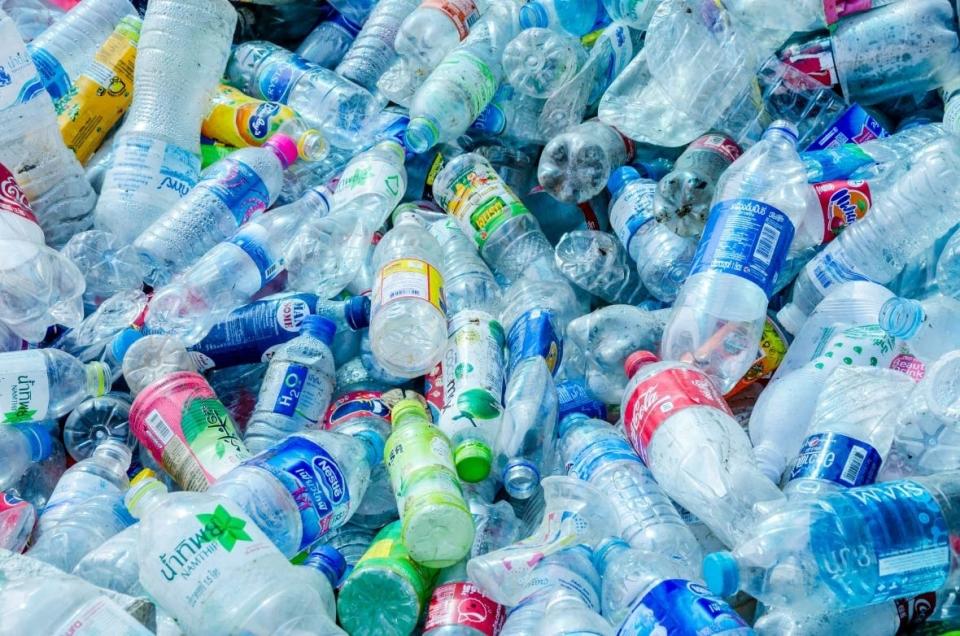
And landfills, a source of the greenhouse gases New York wants to eliminate as it pursues an ambitious slate of climate goals, remain the leading disposal method for food, plastics and paper in New York. They were supposed to be the last option.
“New York has too much waste and our recycling rates are stagnant,” Kristen Lawton, the director of Recycling and Reduction for the Onondaga County Resource Recovery Agency told state lawmakers last month. “Our recycling funding system is unsustainable.”
The agency, which serves 210,000 households, has invested $5.6 million in its curbside recycling programs since 2019 but the volume of recycling it takes in has been declining.
“It is getting more expensive for haulers to recycle,” Lawton warns. “Often it is equal to or the same as throwing material out, so recycling is leaking out of our system.”
Landfill: How an upstate town famous for a Christmas classic film became NY's dumping ground
Fixing NY's broken recycling system
Over two days of hearings in Albany last month, Lawton and others vented their frustration to members of the Senate and Assembly environmental committees.
The back-to-back hearings centered on two initiatives lawmakers hope can fix a broken system.
One would double the nickel deposit for carbonated soft drink and beer bottles and add bottles of wine and liquor as well as non-carbonated sports drinks to the list of containers that require a deposit.
Another would force manufacturers to use environment friendly packaging to reduce paper and plastic from entering the waste stream, shifting the financial burden away from municipal recycling programs.
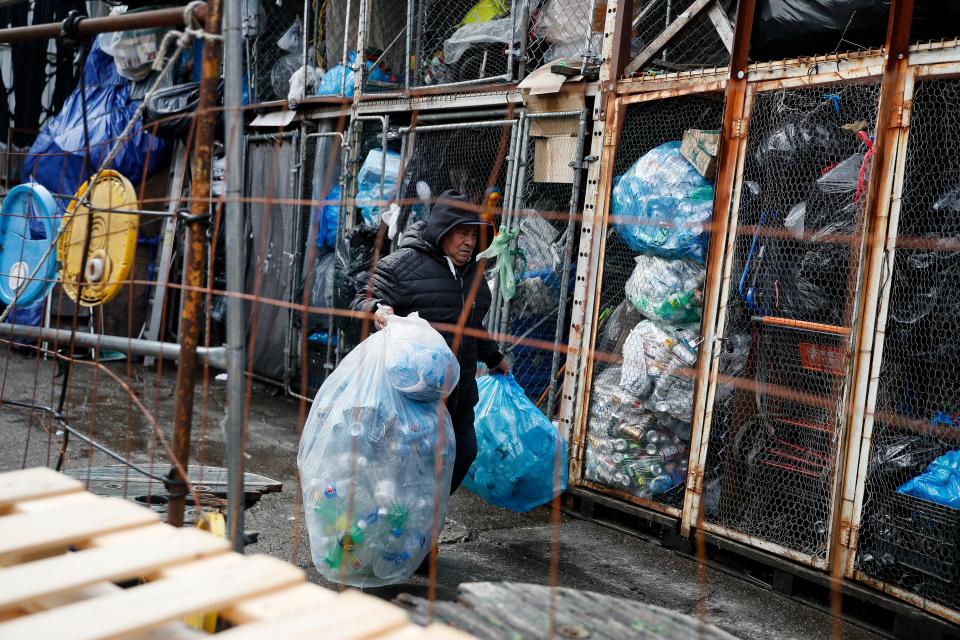
Recycling advocates say the measures are long overdue at a time when more than 80% of the state’s 18 million tons of waste is going to landfills, incinerators or being shipped out of state.
“What they end up doing is they permit incinerators and landfills because they want the waste to go away but that means there is no incentive to actually reduce and reuse, compost and truly recycle the things that are recyclable,” said Kirstie Pecci, the executive director of Just Zero, a national non-profit for recycling advocacy based in Massachusetts.
Pollution: 15M pounds of toxic pollution was released in NY in one year. See top local polluters
Pecci says upping the Bottle Bill redemption to 10 cents would be a good start.
But she said the state needs to do more to get residents to compost by establishing programs like one started in New York City this year. A pilot program in Brooklyn and Queens has diverted some 200 million pounds of food — a source of the greenhouse gas methane — from going to landfills, city officials say.
The state has kicked millions of dollars in funding for municipalities to start food scrap recycling programs.
And Julie Tighe, a former top-level official at the state DEC and the president of the New York League of Conservation Voters, says the state has in recent years taken important steps by making manufacturers pick up the cost of recycling rechargeable batteries, paints and other products. But there’s still more to be done.
“We have to do a better job of educating the public, of making it easy for the public to be able to recycle and by making the producers of goods use the most recycled content and the most recyclable materials so that we create the circular economy,” Tighe said.
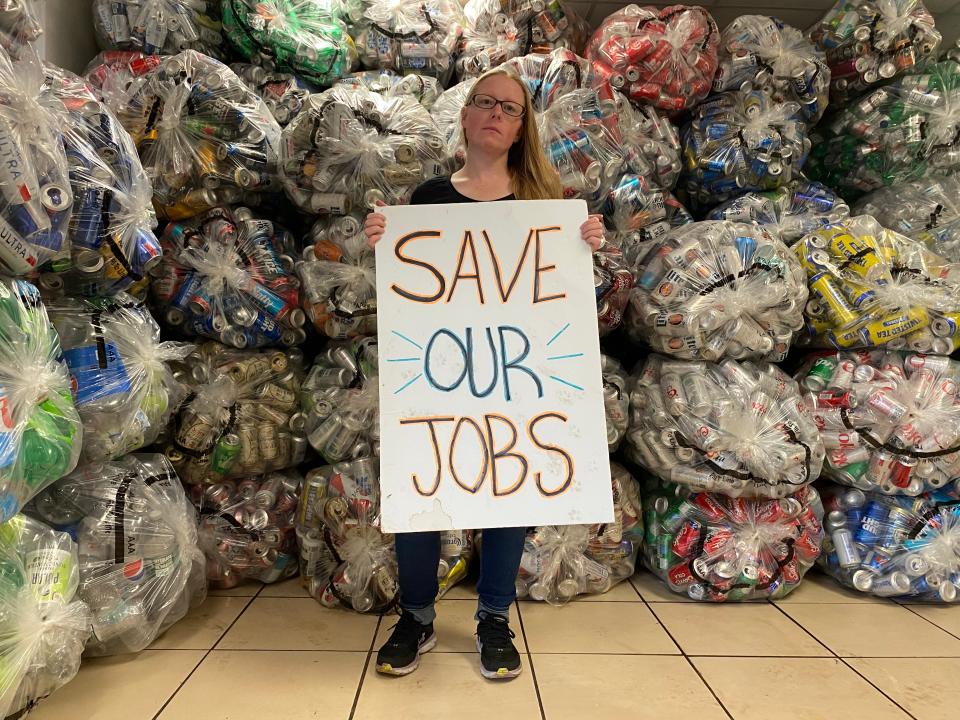
Bottle redeemers on the brink
Jade Eddy has watched as dozens of bottle redemption companies shut down in recent months, amid rising costs from inflation and minimum wage bumps.
She says her company, MT Returnables in Queensbury, could face the same fate by the end of this month.
“It’s not for lack of containers,” Eddy says. “We have the support. It’s just that we don’t have the funding anymore. You cannot more than double our expenses over all this time and not give us any more pay…I’m not trying to drive a Mercedes. I’m not trying to live in a mansion. I just want to keep the lights on and keep my staff employed.”
If she goes out of business, church groups and Boy Scout troops that rely on MT Returnables to redeem their bottles will go elsewhere or not bother and dump them in the trash, she said.
Her frustration boiled over at last month’s meeting as she urged lawmakers to immediately increase the percentage redeemers receive for recycling containers.
When she was told that a change could not come until next year at the earliest, she snapped.
“It would require you guys taking the initiative to hold an emergency session like you did to give yourselves a raise last year,” Eddy said.
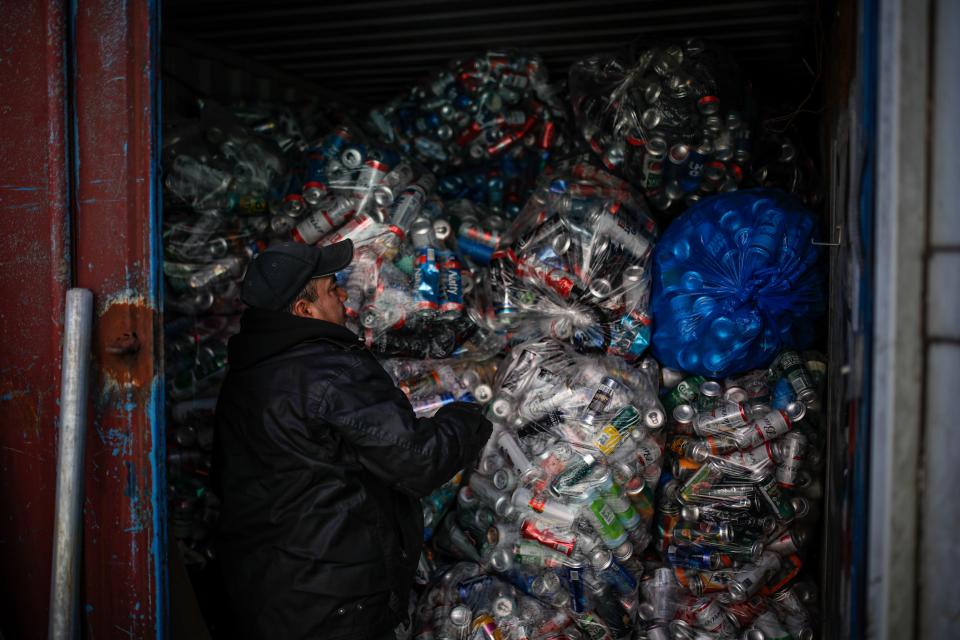
State officials say the 40-year-old Bottle Bill has been “a tremendous success.”
It’s reduced roadside litter by 70% and prevented billions of containers from ending up in landfills.
In 2020, 8.6 billion containers were sold and 5.5 billion redeemed, resulting in 241,505 tons of plastic, glass and aluminum being recycled, state officials say.
The totals have climbed since plastic water bottles were added to the list in 2009. In 2009, some 4.3 bottles were sold — half the 2020 total — and 3 billion redeemed.
The average annual redemption rate of 65% surpasses the 24% rate in states that don’t require a deposit, according to the state DEC.
The program generated $117 million in revenue for the state last year.
Solar: Pigs and sheep as lawnmowers. Could they help NY achieve green energy goals?
Recycling programs in jeopardy
Meanwhile, local governments are struggling to keep their recycling programs running. Programs are shutting down or reducing the types of material they recycle.
The state has invested $250 million in grant funding for municipal waste reduction and recycling projects between 1993 and 2020, supporting 2,200 projects.
But, according to a 2023 DEC report, the Solid Waste Management program begun in 1987 has “lacked a mechanism for fostering continual improvement beyond the minimum mandates.”
And in recent years changes in the overseas market for recyclables placed pressure on municipal governments.
In 2021, cities and municipalities faced rising costs to recycle packaged and printed paper. New York City’s tab was $458 million, while Syracuse's was $2.9 million and North Tonawanda $1.2 million.
The 2023 DEC report, known as the draft Solid Waste Management Plan, cited China’s decision to limit the amounts of recyclable paper and plastic it takes in from the U.S. and other countries.
“China’s National Sword policy made it clear — New York State must help reduce contamination in the recycling stream, find new outlets and uses for recyclable materials, and help find solutions to support recycling efforts on a local and regional scale in order for recycling to remain resilient in the face of global market disruptions,” the report notes.
Lawton and others are pressing the state to adopt a measure that would force product manufacturers to pay for the products they put into the waste stream.
“In a time of extreme market volatility and increasing expenses, currently the burden to collect sort and market recyclables falls to local government and taxpayers not to the manufacturers that produce the packaging,” she noted. “This puts public funds at an unacceptable level of risk.”
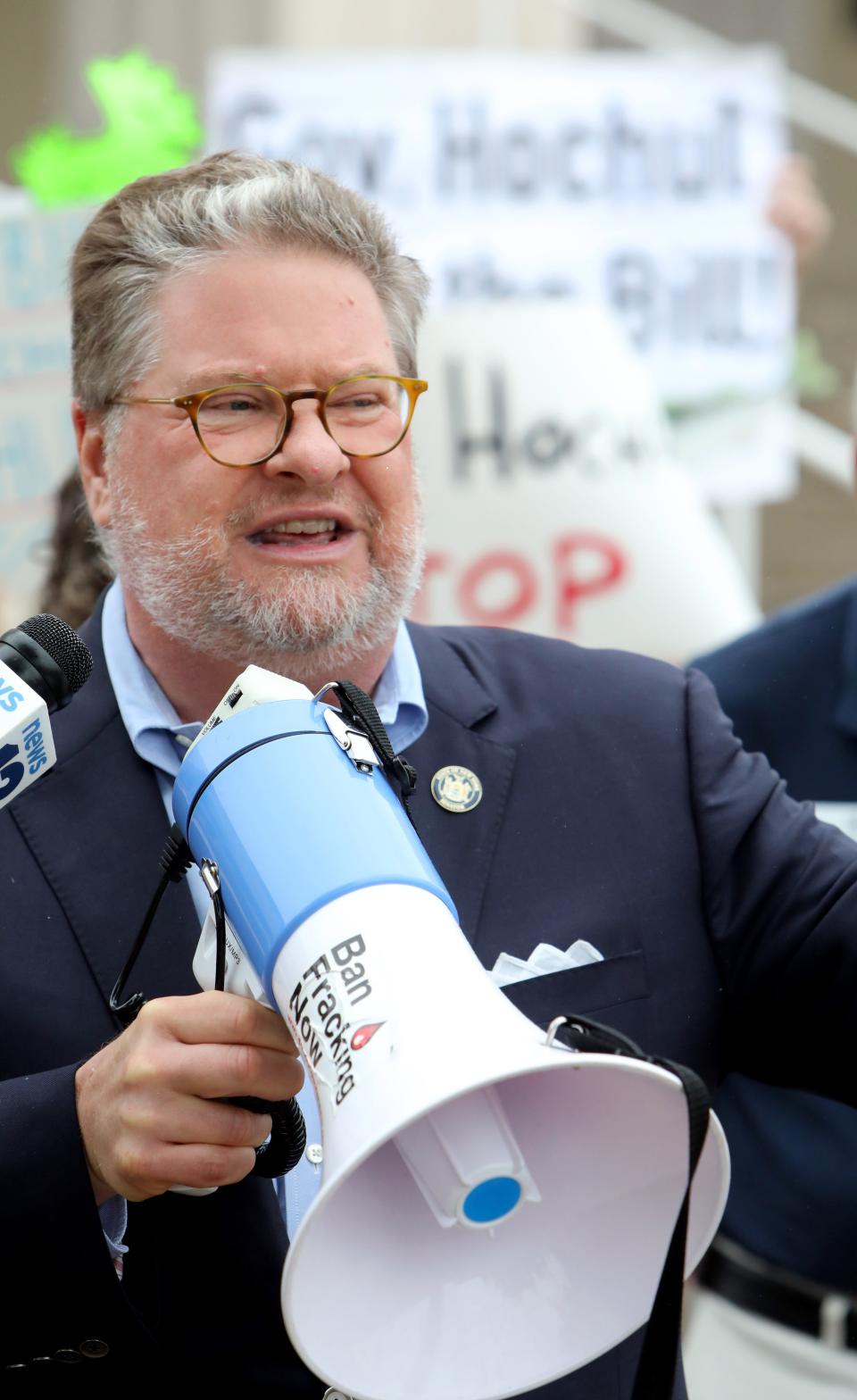
Making companies pay
The measure, known as Extended Producer Responsibility, has the support of Gov. Kathy Hochul.
State Sen. Pete Harckham, who hosted the hearings last month with fellow Democrat, Assemblymember Deborah Glick, estimates it could save the city of New York and municipalities $100 million annually.
It would require companies with a net annual income of over $1 million to reduce packaging, reduce toxins in packaging, improve recycling efforts and support municipal recycling programs.
The idea has been introduced in past sessions but foundered amid pushback from manufacturers, farmers and landfill owners.
At last month’s hearings, a landfill trade group official, suggested the state’s focus should be on getting manufacturers to use recycled content in their packaging, a measure in place in New Jersey and Connecticut.
Harckham said his bill would include that provision.
“I’m not trying to be a wisenheimer here,” Harckham said. “But your members generally get paid by the ton so if we reduced the number of tons your members would stand to lose financially.”
“Our members would lose financially yes,” said Lewis Dubuque, the vice president for the National Waste and Recycling Association. ”We agree with the goal that you’re trying to accomplish. We don’t think EPR is the way to do it.”
This article originally appeared on Rockland/Westchester Journal News: Why can't NY get people to recycle as trash piles up at landfills?

